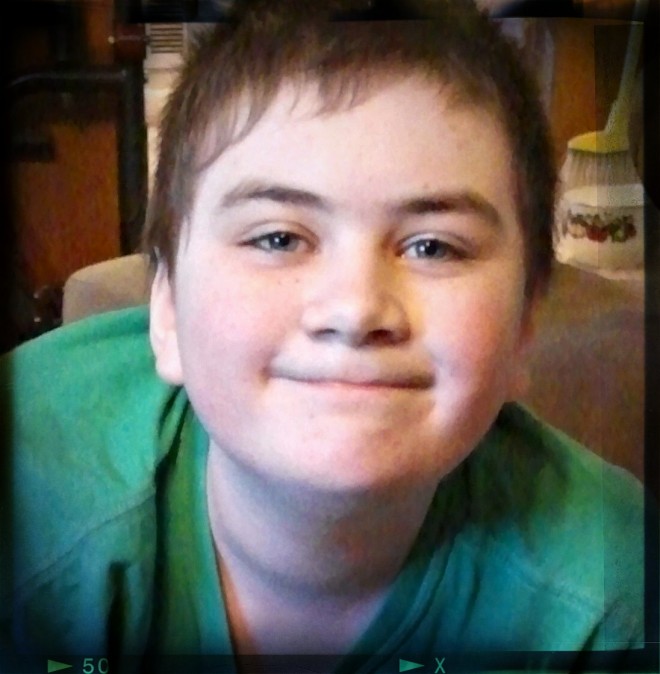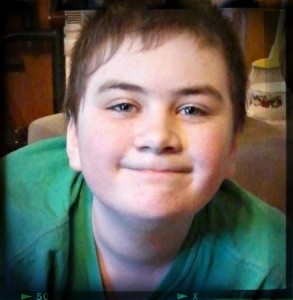 As an emergency responder, I’m sure you’ve had “that call” a bunch of times… it comes in as heart attack or chest pain, and you drive lights and sirens to the call location only to find out your patient is simply having an anxiety attack. Sure, you do your job and tell them to take some deep breaths, you assure them they are safe, maybe even call a family member, and get a refusal. All the while in your head, you label it a BS call, or “status dramaticus.”
As an emergency responder, I’m sure you’ve had “that call” a bunch of times… it comes in as heart attack or chest pain, and you drive lights and sirens to the call location only to find out your patient is simply having an anxiety attack. Sure, you do your job and tell them to take some deep breaths, you assure them they are safe, maybe even call a family member, and get a refusal. All the while in your head, you label it a BS call, or “status dramaticus.”
Of course I am not belittling or dismissing the fact that generalized anxiety disorder is real in any way; it is a recognized disorder and it affects people greatly. What I DO want to talk about it autism-related anxiety, and how it affects those who experience it.
My 18 year-old daughter has anxiety. It is a huge part of how her autism manifests. It’s taken me some time to truly understand the things she struggles with.
To be completely raw and brutally honest, there are days – even now – where it’s hard for me to put myself in her shoes. This month I’ve worked a ton of overtime shifts, operating on two hours of sleep per day if I’m lucky, and still couldn’t pay some of our bills. I’m managing a special needs household on my own and the more I work, the more I watch my “kingdom” spiral out of control as I fall behind on the day-to-day tasks that are important to our survival. So when I look over at my daughter and she’s completely melting down over something I consider a bit trivial, there is a part of me that thinks, “Really? Over this? What if she had REAL responsibilities, like a typical 18 year-old? What if she were amid choosing a college, taking exams, working, experiencing peer pressure, trying alcohol, or was in a relationship? How the hell would she handle THAT if this (minor) thing is completely destroying her right now?”
There is so much more to it than that.
Of course, I’m human. I worry that I am coddling her or sheltering her too much. I worry that she won’t become a functioning member of society. But then I see her face a lot of her anxiety head on, with the attitude of a warrior, and I watch her make great strides overcoming some of her worst attacks without anyone telling her what to do… and I know she is where she needs to be right now. Especially with the help of my meltdown management breakthrough technique.
So what is autism anxiety? How is it different?
For one, autism anxiety is more physiological than psychological. When anxiety kicks in, it’s not necessarily triggered by stressful thoughts. Sometimes, it’s just there, like a nagging toddler that constantly follows you around and tugs at your apron strings, demanding attention. Aside from the typical rapid heart beat and dry mouth, it can cause an array of GI issues, from nausea and vomiting and diarrhea to digestion issues and acid reflux. It can manifest as joint pain, muscle aches and circulation issues, causing things like Raynaud’s disease. It can make your whole body shake uncontrollably for no logical reason whatsoever. Being in fight or flight mode long-term is very stressful on the body. Being unable to logically control it feels like pure torture.
The other day, my daughter told me it was very “loud and crowded” in her head. Like that scene in Bruce Almighty where Jim Carrey starts to hear everyone’s prayers in his head at the same time, my daughter hears all her thoughts. Only they’re not so nice. They constantly tell her she’s not okay, there are things to worry about, things to be scared of. They bring up every line of every conversation she’s had and tell her how she should have said things differently. They remind her of every embarrassing moment of every childhood event, relentlessly. It’s like a constant soundtrack in her head, and she has to learn to tune it out just to function.
That’s just the thoughts. Then the physical symptoms kick in. The nausea, the muscle cramps, the trembling… for her, it feels like she’s in a tiny glass case and can feel her anxiety climbing up her body and suffocating her. And there’s no escape. It doesn’t matter how logically I approach her fears or thoughts, she cannot control them. She can’t simply “snap out of it.” Her brain does not care if there is a real threat or not; her body reacts as if there is. And it goes downhill from there.
Eventually, if she cannot gain control over it when it’s happening, she will reach the point of complete shutdown, which can include paralysis, difficulty breathing and the loss of ability to speak. She describes this as an overload. There are so many thoughts and physical sensations hitting her simultaneously that it becomes overwhelming. In this state, if I ask her, “What’s wrong?” she feels like all of her thoughts form a huge, heavy mass and it’s just too much. She can’t name or articulate any one thing.
These are just the day-to-day experiences, not even touching on anxiety that stems from social situations and having to interact with others.
Now let’s think about at adding an emergency situation to the mix. In my autism training program for emergency responders, I talk about how it’s more difficult to identify autism in females. Autism anxiety can be a huge clue.
So what should you do on scene when you recognize this type of paralyzing anxiety in a patient with autism? How is it best handled?
Let’s start with what NOT to do:
- DO NOT become angry or raise your voice
- DO NOT restrain unless absolutely necessary
- DO NOT tell someone to simply “snap out of it”
- DO NOT say, “Use your words” to someone. As the brain escalates, the ability to be rational and articulate diminishes greatly.
- Avoid moving someone until they calm down, unless they are in immediate danger or the current location/setting is contributing to the escalation.
- Remove unneeded bystanders – including additional personnel
- Do NOT turn it into a power struggle
What SHOULD you do?
All efforts should be made to prevent a meltdown if possible. Remember, you are not “giving in” to negative behavior; you are literally throwing a lifeline to someone who is unraveling neurologically
- DO turn off lights and sirens if possible
- DO give space to allow the person to self calm if they are able
- DO allow one familiar family member or caregiver to remain with them
- DO respond patiently and compassionately
- DO offer choices
- DO provide a pen and paper to see if they can write down their needs
- DO keep the individual safe from harming him or herself
Being an EMT means that I have a responsibility to my community to provide the best patient care I can, including recognizing and helping those with special needs that struggle with a variety of disorders and symptoms. Being an autism parent means that I must continually strive to find a balance between honoring and supporting my children’s struggles and giving them tools to help them be the very best version of themselves and succeed as an adult.
Autism anxiety is a tough thing for me to help my daughter manage… but any time I get overwhelmed with her meltdowns I stop and imagine what it must feel like for her. Seeking education and providing compassion and empathy will take you a long way as an autism parent OR as an emergency responder. Or in my case, both ![]()









